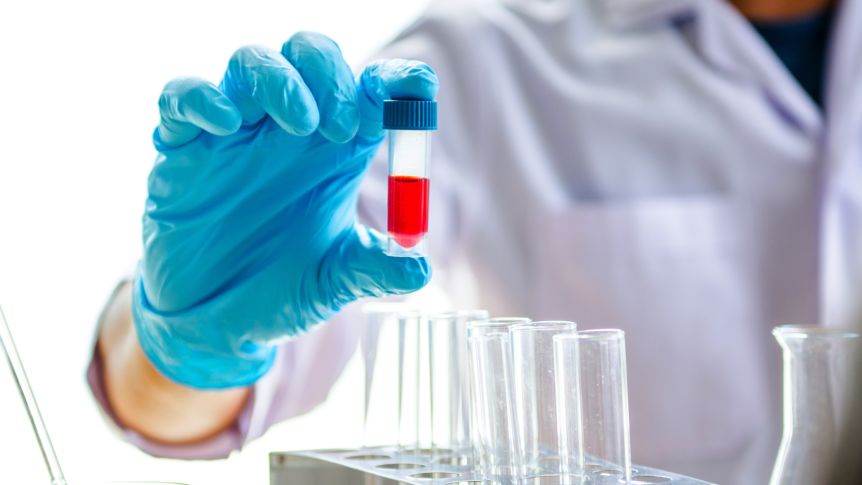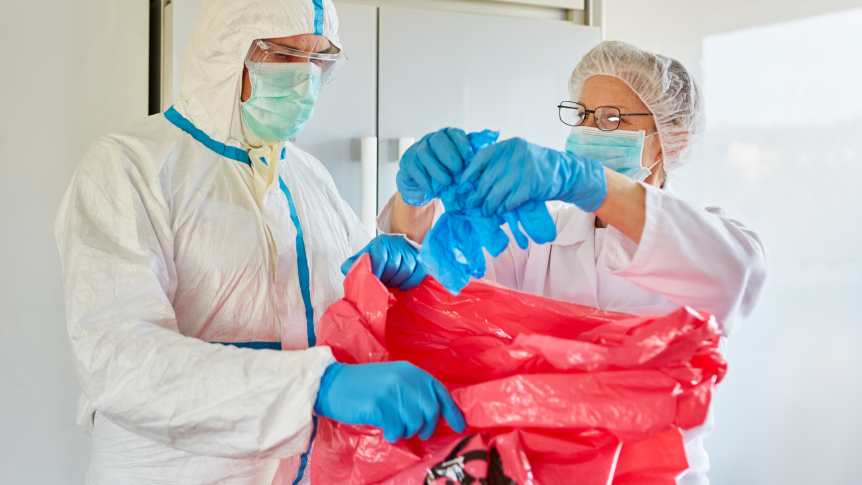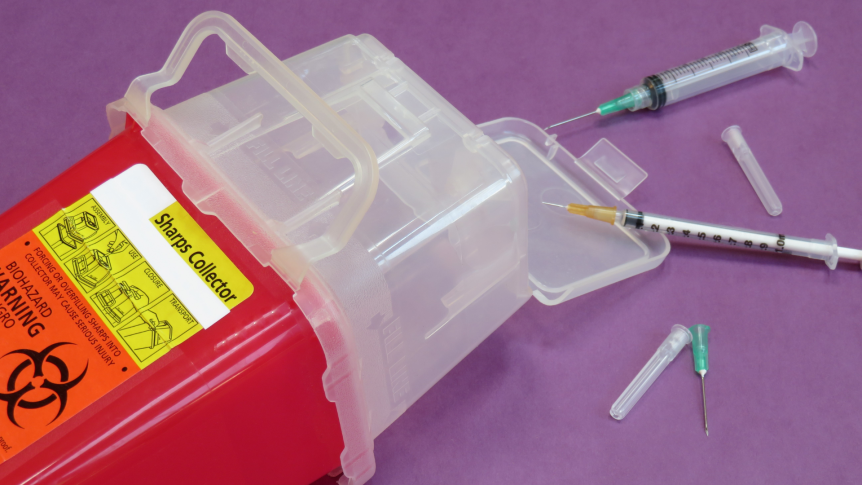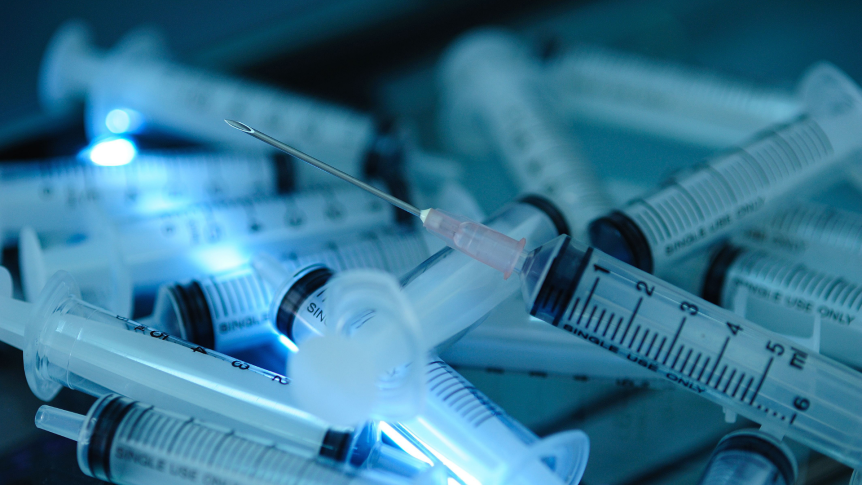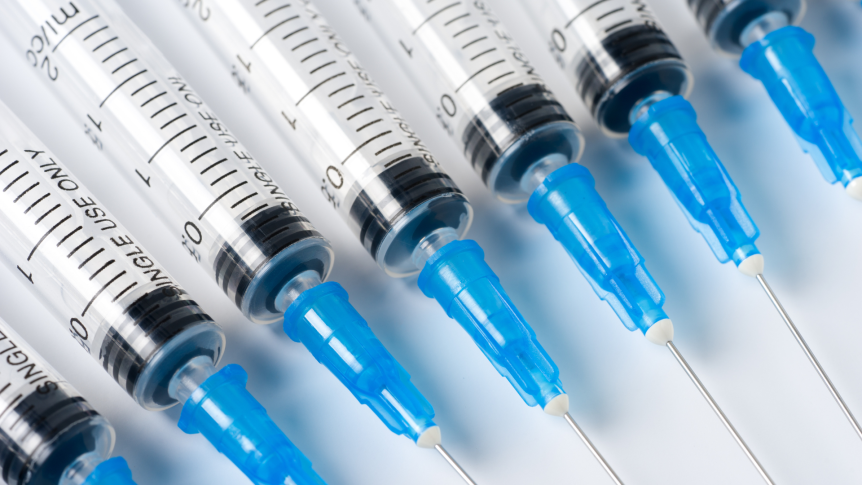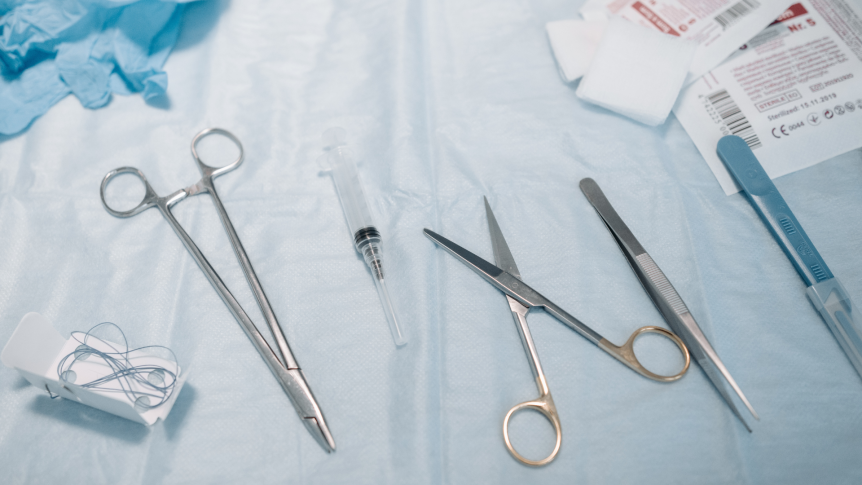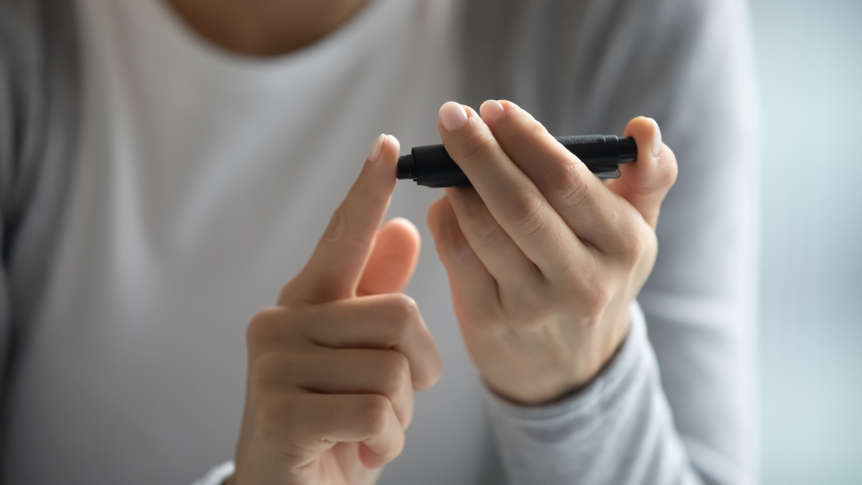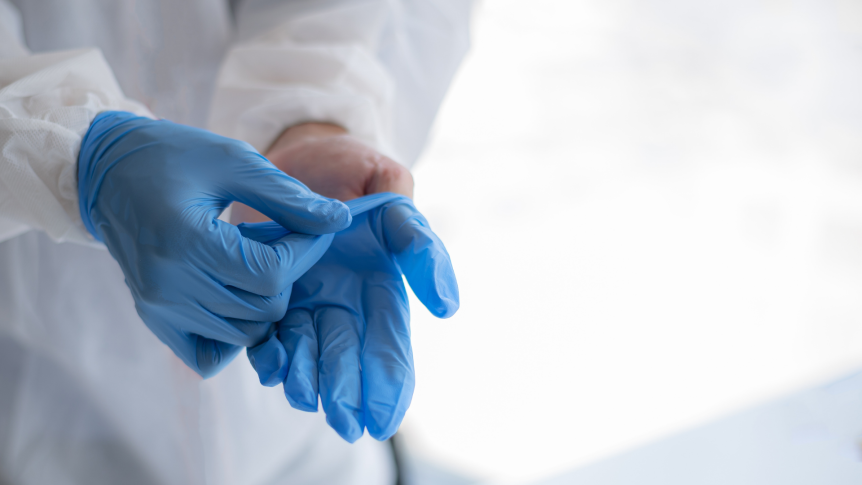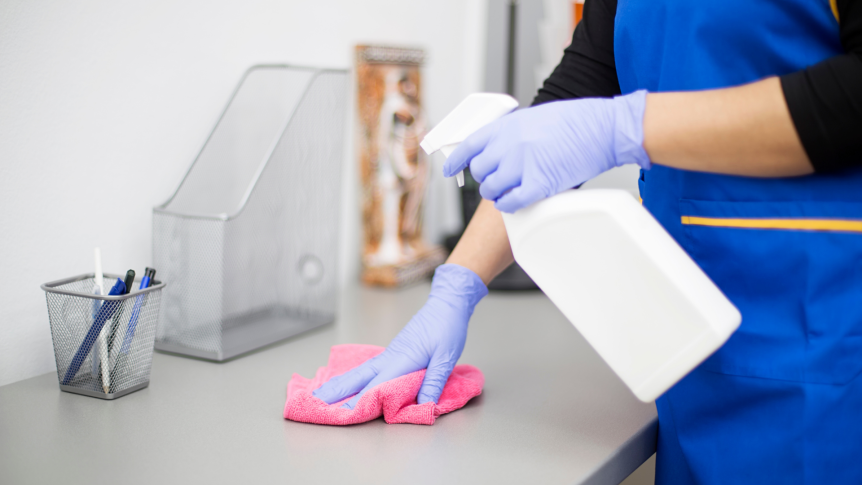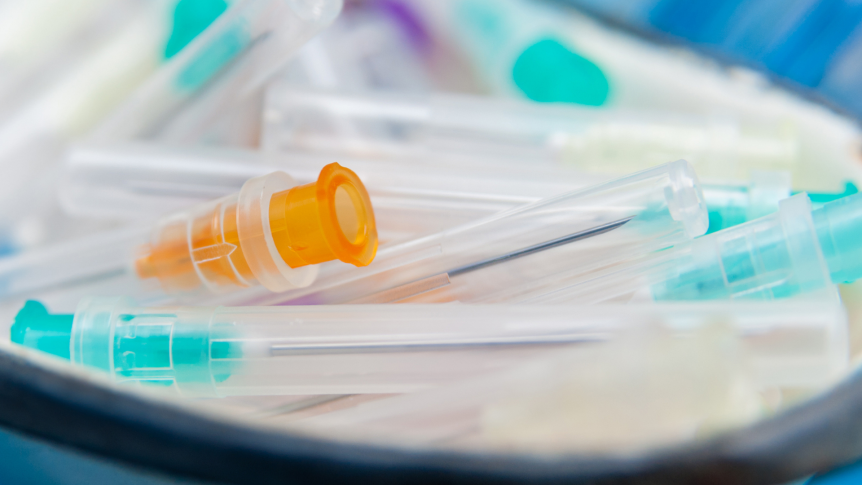If you are a medical professional, you must be familiar with vacutainer tubes. Vacutainer tubes are a vital component of the medical industry, used to collect blood samples for laboratory testing. Vacutainer tubes are widely used in hospitals, clinics, and laboratories worldwide due to their efficiency and reliability. In this blog, we will provide you with a comprehensive guide to …
Medical Waste Removal: What You Need to Know
Medical waste is any material that is generated in the diagnosis, treatment or immunization of humans or animals. This type of waste is regulated by law and requires special handling and disposal to prevent harm to public health and the environment. Medical waste can be generated by hospitals, clinics, laboratories, dental offices, veterinary facilities, and even households. In this article, …
Sharps Disposal Containers in Healthcare Facilities
Provided by: U.S. Food and Drug Administration Sharps disposal containers are made from rigid puncture-resistant plastic or metal with leak-resistant sides and bottom, and a tight-fitting, puncture-resistant lid with an opening to accommodate depositing a sharp but not large enough for a hand to enter. “Sharps” refers to objects with sharp points or edges that can puncture or cut skin, …
Needle Stick Injury: What To Do
Provided By: WebMD Needle stick injuries are a reality for people who regularly use needles, like nurses and lab workers. It also can happen if you handle trash, even if it’s not medical waste. According to the CDC, some 385,000 healthcare workers accidentally stick themselves with needles every year. Your chances of catching a disease from a single needle stick …
How to Dispose of Needles: Safe Practices for Discarding Used and Unused Sharps
Provided By: GoodRX Throwing away syringes, needles, and lancets — commonly called “sharps” — is important to prevent injury. Properly disposing of them can also help you avoid infections from used needles, including hepatitis B (HBV), hepatitis C (HCV), and HIV. Here, we’ll cover some basic facts about how to get rid of sharps — including syringe needle disposal, the …
How To Prevent Needlestick And Sharps Injuries
Provided By: CDC Needlestick and other sharp injuries are serious hazards in any healthcare setting. Contact with contaminated needles, scalpels, broken glass, and other sharps may expose healthcare workers to blood that contains pathogens that pose a grave, potentially lethal risk. Activities with Potential for Needlestick Injuries Home healthcare workers can be at risk for needlestick or sharps …
Safely Using Sharps at Home, at Work, and on Travel
Provided By: FDA Sharps is a medical term for devices with sharp points or edges that can puncture or cut skin. They may be used at home, at work, and while traveling to manage the medical conditions of people or their pets, including allergies, arthritis, cancer, diabetes, hepatitis, HIV/AIDS, infertility, migraines, multiple sclerosis, osteoporosis, blood clotting disorders, and psoriasis. …
How To Safely Remove PPE
Provided By:The CDC There are a variety of ways to safely remove PPE without contaminating your clothing, skin, or mucous membranes with potentially infectious materials. Here is one example. Remove all PPE before exiting the patient room except a respirator, if worn. Remove the respirator after leaving the patient’s room and closing the door. Remove PPE in the following sequence: …
Keeping a Medical Office Clean
Provided By: Medical Bag First impressions say much to a prospective patient, and working in a clean environment is essential for medical staff. Clean waiting rooms, exam rooms, front desks, and bathrooms are important. Keeping germs at bay is prudent. How many patients complain that they don’t like going to the doctor (or hospitals) because they always get sick? In …
Best Way to Get Rid of Used Needles and Other Sharps
Provided By: The U.S. Food & Drug Administration The FDA recommends a two-step process for properly disposing of used needles and other sharps. Step 1: Place all needles and other sharps in a sharps disposal container immediately after they have been used. This will reduce the risk of needle sticks, cuts, and punctures from loose sharps. Sharps disposal containers should …
- Page 1 of 2
- 1
- 2
